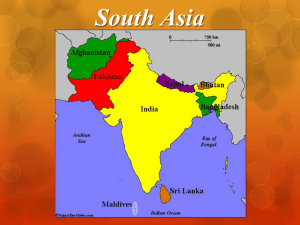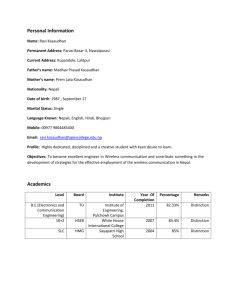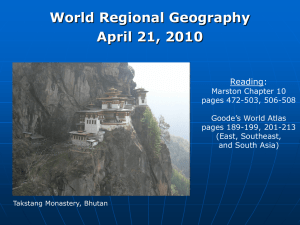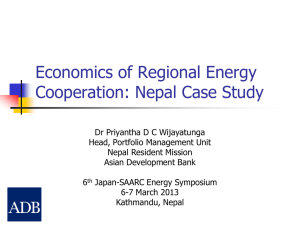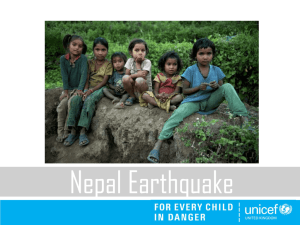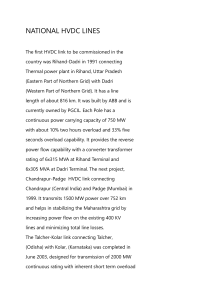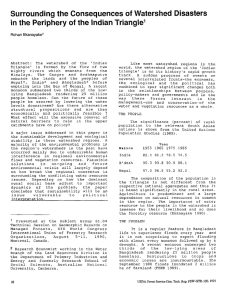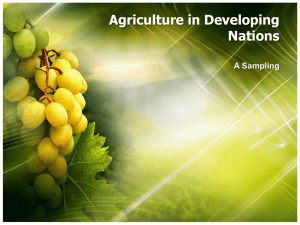Climate Change: The Fate of Himalayan Nepal, India, Bangladesh and Bhutan
advertisement
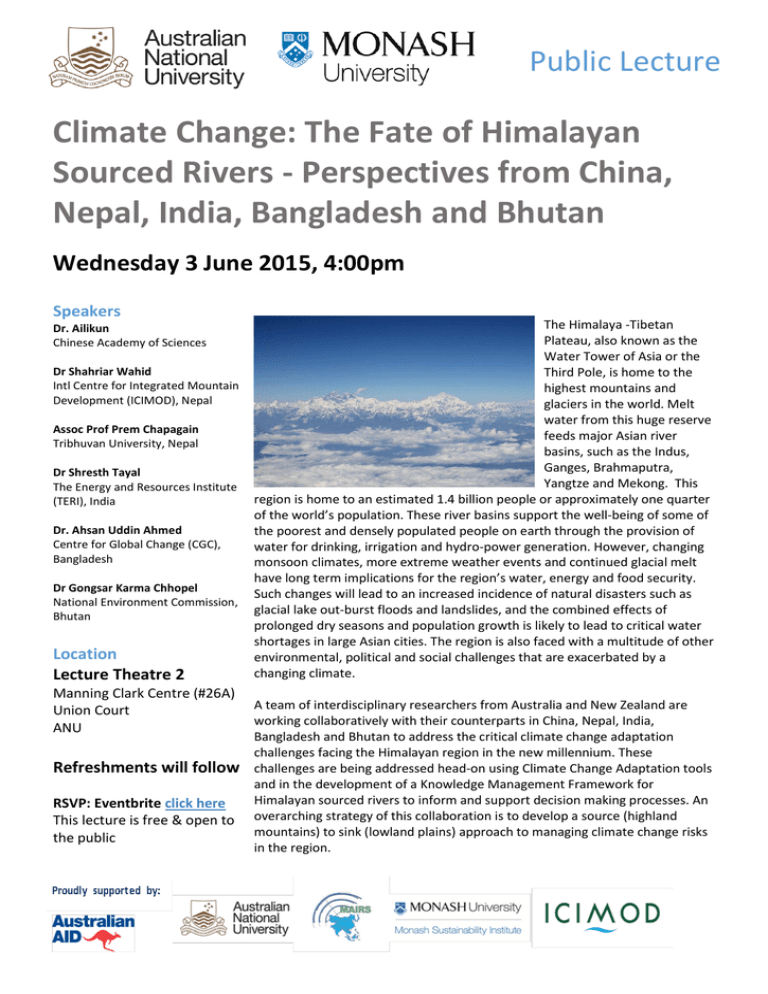
Public Lecture Climate Change: The Fate of Himalayan Sourced Rivers - Perspectives from China, Nepal, India, Bangladesh and Bhutan Wednesday 3 June 2015, 4:00pm Speakers Dr. Ailikun Chinese Academy of Sciences Dr Shahriar Wahid Intl Centre for Integrated Mountain Development (ICIMOD), Nepal Assoc Prof Prem Chapagain Tribhuvan University, Nepal Dr Shresth Tayal The Energy and Resources Institute (TERI), India Dr. Ahsan Uddin Ahmed Centre for Global Change (CGC), Bangladesh Dr Gongsar Karma Chhopel National Environment Commission, Bhutan Location Lecture Theatre 2 Manning Clark Centre (#26A) Union Court ANU Refreshments will follow RSVP: Eventbrite click here This lecture is free & open to the public The Himalaya -Tibetan Plateau, also known as the Water Tower of Asia or the Third Pole, is home to the highest mountains and glaciers in the world. Melt water from this huge reserve feeds major Asian river basins, such as the Indus, Ganges, Brahmaputra, Yangtze and Mekong. This region is home to an estimated 1.4 billion people or approximately one quarter of the world’s population. These river basins support the well-being of some of the poorest and densely populated people on earth through the provision of water for drinking, irrigation and hydro-power generation. However, changing monsoon climates, more extreme weather events and continued glacial melt have long term implications for the region’s water, energy and food security. Such changes will lead to an increased incidence of natural disasters such as glacial lake out-burst floods and landslides, and the combined effects of prolonged dry seasons and population growth is likely to lead to critical water shortages in large Asian cities. The region is also faced with a multitude of other environmental, political and social challenges that are exacerbated by a changing climate. A team of interdisciplinary researchers from Australia and New Zealand are working collaboratively with their counterparts in China, Nepal, India, Bangladesh and Bhutan to address the critical climate change adaptation challenges facing the Himalayan region in the new millennium. These challenges are being addressed head-on using Climate Change Adaptation tools and in the development of a Knowledge Management Framework for Himalayan sourced rivers to inform and support decision making processes. An overarching strategy of this collaboration is to develop a source (highland mountains) to sink (lowland plains) approach to managing climate change risks in the region.


